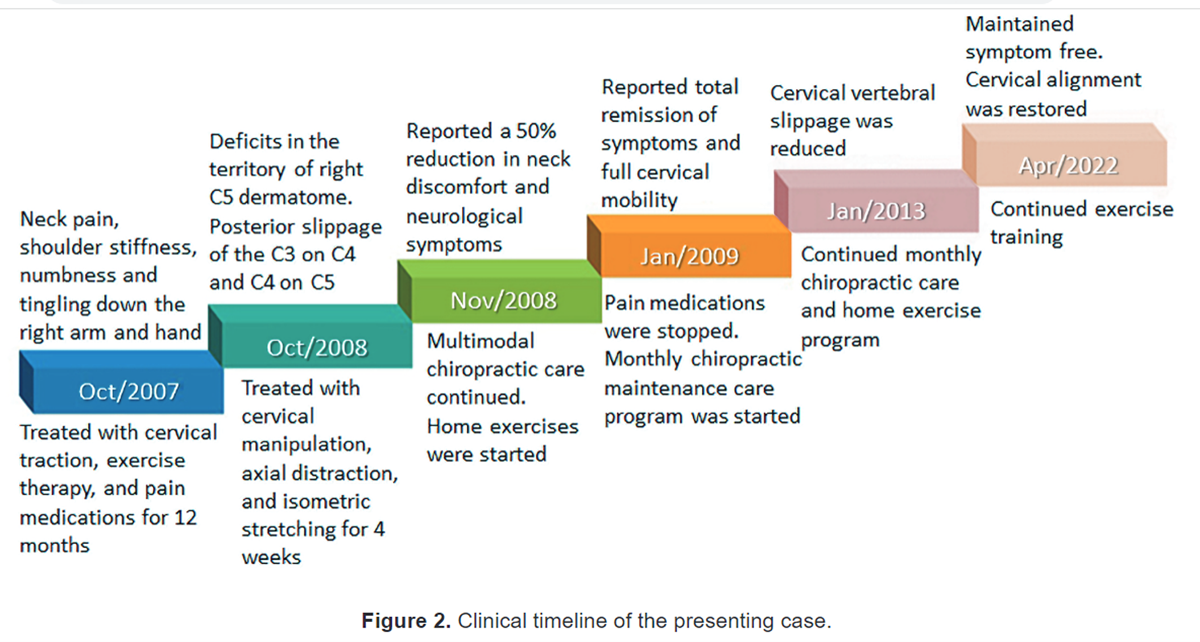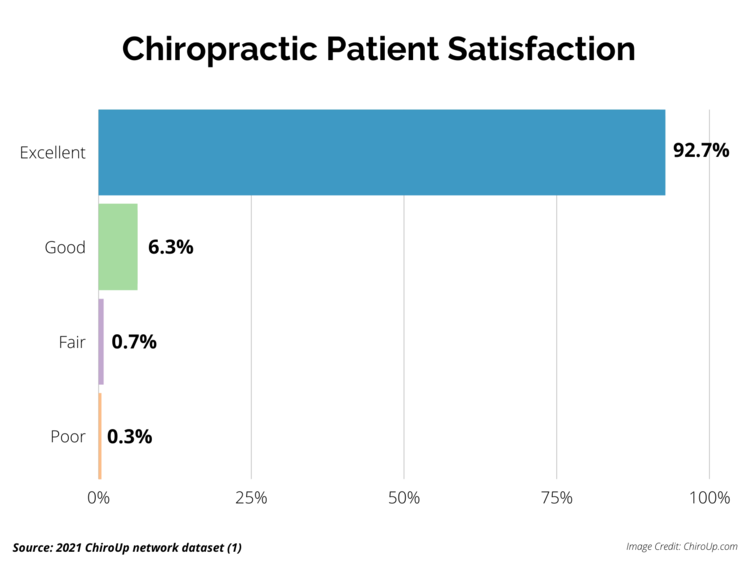Patient-centered Professional Practice Models for Managing Low Back Pain in Older Adults: A Pilot Randomized Controlled Trial
SOURCE: BMC Geriatr. 2017 (Oct 13); 17 (1): 235
Christine M. Goertz, Stacie A. Salsbury, Cynthia R. Long, Robert D. Vining, Andrew A. Andresen, Maria A. Hondras, Kevin J. Lyons, Lisa Z. Killinger, Fredric D. Wolinsky, and Robert B. Wallace
Palmer Center for Chiropractic Research,
Palmer College of Chiropractic,
Davenport, IA, USA.
BACKGROUND: Low back pain is a debilitating condition for older adults, who may seek healthcare from multiple providers. Few studies have evaluated impacts of different healthcare delivery models on back pain outcomes in this population. The purpose of this study was to compare clinical outcomes of older adults receiving back pain treatment under 3 professional practice models that included primary medical care with or without chiropractic care.
METHODS: We conducted a pilot randomized controlled trial with 131 community-dwelling, ambulatory older adults with subacute or chronic low back pain. Participants were randomly allocated to 12 weeks of individualized primary medical care (Medical Care), concurrent medical and chiropractic care (Dual Care), or medical and chiropractic care with enhanced interprofessional collaboration (Shared Care). Primary outcomes were low back pain intensity rated on the numerical rating scale and back-related disability measured with the Roland-Morris Disability Questionnaire. Secondary outcomes included clinical measures, adverse events, and patient satisfaction. Statistical analyses included mixed-effects regression models and general estimating equations.
RESULTS: At 12 weeks, participants in all three treatment groups reported improvements in mean average low back pain intensity [Shared Care: 1.8; 95% confidence interval (CI) 1.0 to 2.6; Dual Care: 3.0; 95% CI 2.3 to 3.8; Medical Care: 2.3; 95% CI 1.5 to 3.2)] and back-related disability (Shared Care: 2.8; 95% CI 1.6 to 4.0; Dual Care: 2.5; 95% CI 1.3 to 3.7; Medical Care: 1.5; 95% CI 0.2 to 2.8). No statistically significant differences were noted between the three groups on the primary measures. Participants in both models that included chiropractic reported significantly better perceived low back pain improvement, overall health and quality of life, and greater satisfaction with healthcare services than patients who received medical care alone.
There are more articles like this @ our:
Low Back Pain and Chiropractic Page
and the:
CONCLUSIONS: Professional practice models that included primary care and chiropractic care led to modest improvements in low back pain intensity and disability for older adults, with chiropractic-inclusive models resulting in better perceived improvement and patient satisfaction over the primary care model alone.
TRIAL REGISTRATION: Clinicaltrials.gov, NCT01312233, 4 March 2011.
KEYWORDS: Care coordination; Integrative medicine; Low back pain; Older adults; Pain management; Randomized controlled trial
From the FULL TEXT Article:
Introduction
Musculoskeletal complaints, including low back pain (LBP), are a major impediment to healthy aging worldwide. [1] Between 25 and 33% of older adults experience LBP episodes annually [2, 3] with chronic, disabling LBP most common among older persons. [4, 5] LBP is associated with impairments in mobility, activities of daily living, sleep, social interactions, increased accidental falls, and use of pain relieving medications. [6-8] Older people are less likely to seek healthcare or receive treatment than middle-aged adults even though they experience more disability from LBP. [5] When health care is sought for LBP, older patients may receive expensive imaging studies and treatment procedures of uncertain value [9] and be excluded from clinical trials. [10]
Persons with LBP often select conservative treatments over surgery, analgesics, or opioid medications, citing concerns with treatment safety, side effects, healthcare costs and clinical outcomes. [11-14] Systematic reviews advocate the use of spinal manipulation for the management of LBP. [15, 16] Several clinical trials have demonstrated the efficacy, safety and acceptance of this form of chiropractic care in older people. [17-19] Recent studies using nationally representative samples of older Medicare patients report that chiropractic care may provide a protective effect against declines in activities of daily living [20, 21] and offer comparable functional outcomes to medical care. [22] Research further suggests the risk of traumatic injury from chiropractic spinal manipulation is low among older adults [23] while patient satisfaction is high across all chiropractic users. [17, 20] Economic analyses also show that chiropractic users incur fewer overall and spine-related medical costs compared with patients who do not use chiropractic care. [13]
Older adults, however, do not receive chiropractic care in isolation from other healthcare services. [24-26] Many older patients consult primary care providers, physical therapists, orthopedists, and other health professionals, either separately or concurrently with doctors of chiropractic (DCs). [27, 28] However, when patients receive care from both DCs and medical doctors (MDs), their treatment may be delivered without interprofessional referral, clinical record exchange, or interdisciplinary coordination. [11, 27, 28]
While older adults have expressed positive outlooks toward collaboration between primary care doctors and chiropractors [11] little evidence demonstrates either the clinical effectiveness or patient satisfaction with such integrated practices. The purpose of this pilot randomized controlled trial was to compare the clinical effects of 12 weeks of a patient-centered, collaborative medical and chiropractic care model with professional practice models that included medical care with or without chiropractic care. We hypothesized that patients in the Shared Care model would have better outcomes when compared to patients in the other two models. The primary outcomes were LBP intensity and back-related disability. Secondary outcomes included medication use, adverse events, global improvement and patient satisfaction.
Read the rest of this Full Text article now!






Leave A Comment